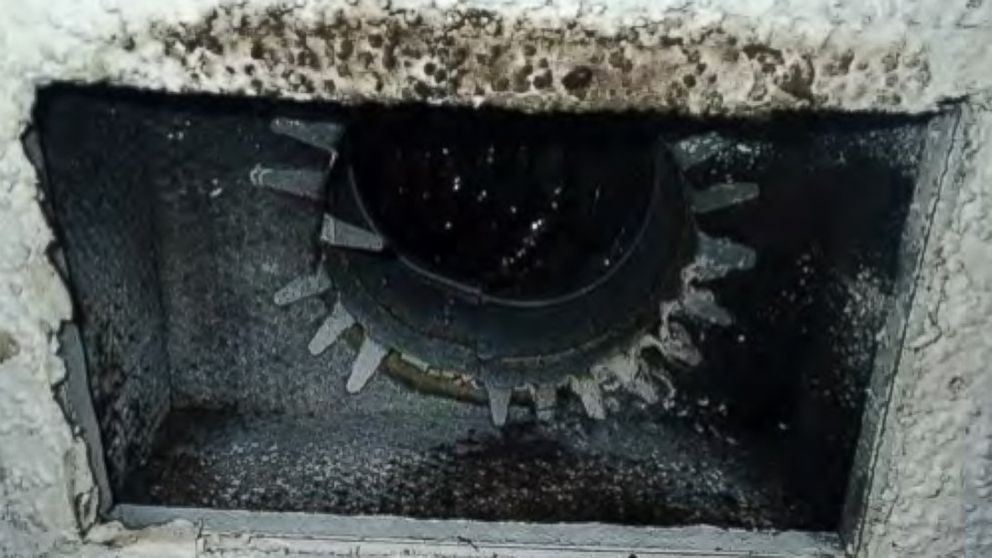Soldiers, Families at Risk in Military Housing, At Home and Abroad
“Door locks and latches that could potentially trap children in closets..."

— -- Far from the front lines, American service members and their families could be in danger in their own homes due to hundreds of “deficiencies” discovered in some military housing facilities, according to a recent Defense Department Inspector General report – the fourth report to find a myriad of problems with military living facilities at home and overseas.
“We identified 389 deficiencies that could affect the health, safety, and well-being of warfighters and their families,” says the Sept. 24 IG report, which examined both privately-managed family homes and military-run barracks-style housing at Patrick Air Force Base in Florida, Naval Station Mayport in Florida and the Army’s Fort Gordon in Georgia.
A majority of the deficiencies, the report says, “resulted from improper installation, insufficient inspection, and inadequate maintenance of housing facilities.” The IG identified 15 deficiencies as “critical” and “requiring immediate action,” which it says the military “promptly addressed”.
“We found numerous instances of disabled or otherwise ineffective self-closing fire doors separating garages from living spaces, door locks and latches that could potentially trap children in closets and enclosed patios in the event of an emergency, and improperly installed and maintained stairway handrails,” one section of the report says, discussing privately-run family housing units at Patrick Air Force Base.
In Naval Station Mayport, the IG reported that all the sprinkler heads in one building had been recalled 14 years ago due to “corrosion susceptibility and the potential to fail in the event of a fire.”
At a barracks building at Fort Gordon, inspectors discovered “missing, obstructed, and nonfunctional fire alarm system components; improperly functioning alarm systems; fire alarm circuit breakers that were not protected using the required locking devices; and alarm systems that were not regularly inspected as required.” Outside another building, inspectors said an external stairwell was “deteriorating.”
The IG said military officials at each base addressed a majority of the issues, and even with all these problems, the Southeast bases are described in glowing terms compared to their previous inspections of housing for American service members overseas.
“The condition of military housing at the installations visited within the Southeastern United States was comparable to that of the military housing facilities we inspected in National Capital Region [316 deficiencies] – a significant improvement from overseas housing facilities previously inspected,” the report says.
Last month the DOD IG published a similar inspection report for the National Capital Region – they examined United States Army Garrison Fort Belvoir in Virginia and Joint Base Anacostia-Bolling in Washington, D.C., -- and said 316 deficiencies were discovered in those bases.
In October 2014 DOD IG inspected U.S. military housing facilities in South Korea, identifying 646 deficiencies there. But the worst so far has been Japan, where in September 2014 IG reported it had discovered a total of 1,057 deficiencies at more than a dozen installations, including 145 that were deemed critical.
In both cases of South Korea and Japan, the IG reported that senior military officials agreed with a majority of their recommendations to remedy the issues identified.




